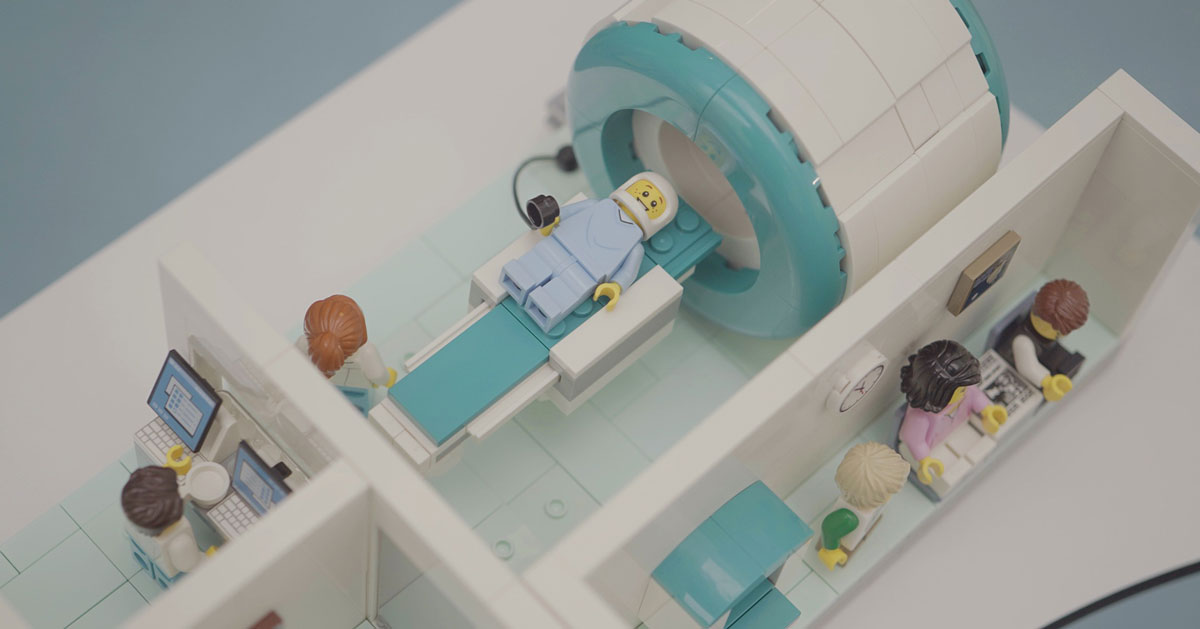The whir of an otherworldly machine coupled with the claustrophobic requirement of staying completely still while a doctor peeks at your organs isn’t exactly a recipe for comfort — no matter the age of someone undergoing an MRI.
That’s why Erik Ullerlund Staehr, an employee at LEGO, decided to design a LEGO MRI Scanner set. He hoped to alleviate anxiety for pediatric patients who are anxious about getting their scans.
In 2022, the company rolled out the special LEGO kits and donated them to radiology departments around the world. Since then, over one million children have used the toys, which feature a scanner, patient bed, waiting room, procedure room, staff minifigures, and medical accessories.
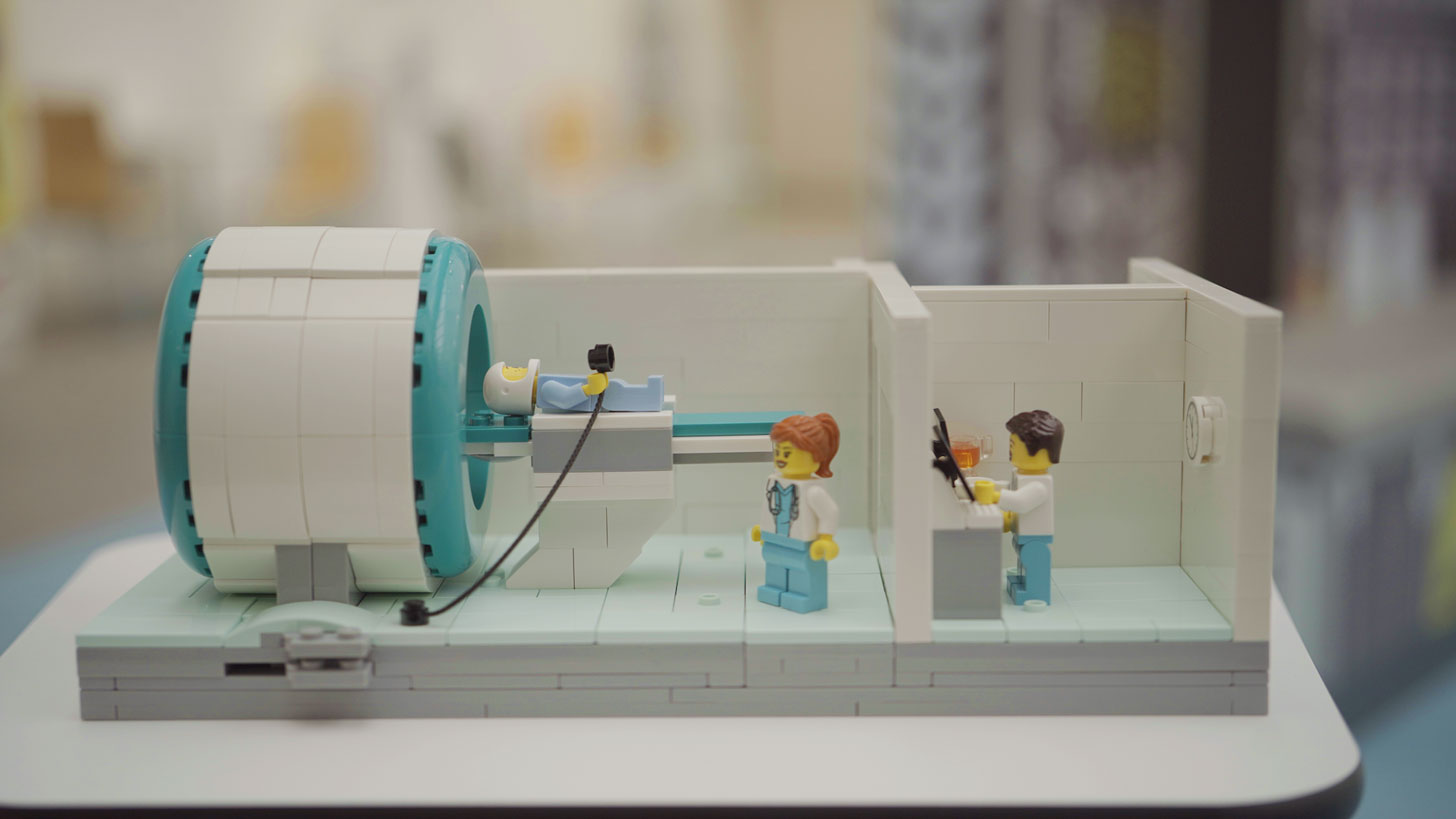
New research conducted by the LEGO Group found that 96% of healthcare professionals who used the LEGO MRI Scanner set say the model helped alleviate children’s anxiety, and 46% reported that it has reduced the need for sedation or anesthesia during MRI procedures.
“Usually, when we walk in with the LEGO MRI Scanner set, the faces on the kids light up,” Traci Aoki-Tan, a child life specialist at Kaiser Permanente Roseville Medical Center, said in a testimonial.
“They can’t wait to touch and play with it. The entire mood in the room gets brighter as soon as we walk in. Even anxious parents — you can see their shoulders drop.”
Over the past couple of years, the company has given 10,000 units of the custom toys to hospitals globally, designed to approach children with a more playful energy as they prepare for a scan.
The research also showed that 95% of healthcare professionals said the set improved the family’s hospital experience, while 94% said it was fun and engaging for children.
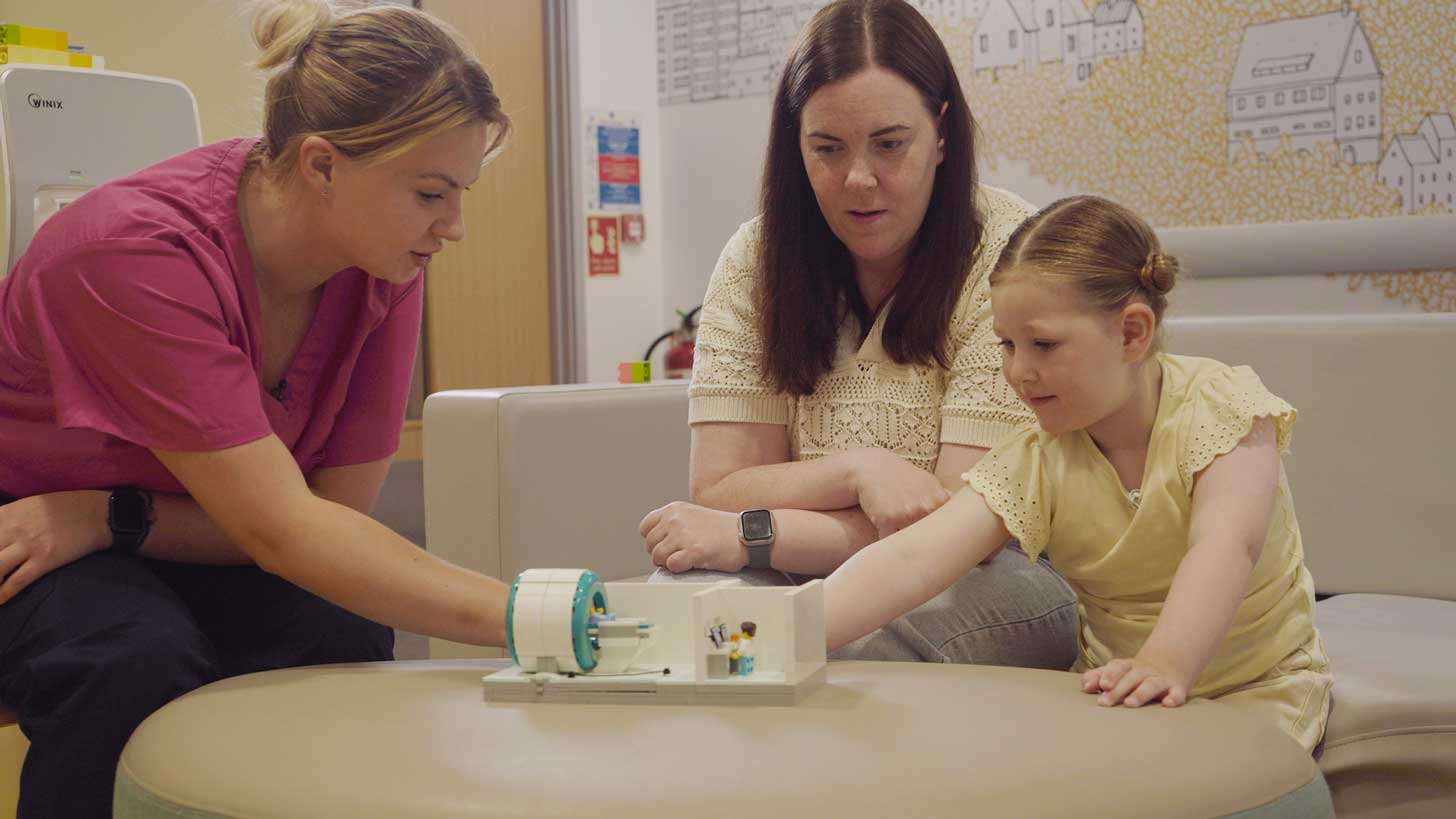
One such example is 14-year-old Sam, a teen who was diagnosed with brain and spine cancer at Boston Children’s Hospital. Here, he underwent a year of surgeries, chemotherapy, radiation, and MRI scans. While the LEGO set was not available for his first scan, he has since built it a number of times with a child play specialist at the hospital.
“When he was at one of his lowest moments in hospital, Laura, an amazing child play specialist, invited him to help build the hospital unit's first LEGO MRI scanner model,” Sam’s mom, Christina, said in a statement.
“Sam had already had countless MRI scans by then, but he liked the thought of being able to help other children who would go on to use it. I watched his confidence grow with this sense of purpose as he plugged away building.”
Sam, who is now one-year cancer-free, said building the LEGO model helped him focus on something other than his condition and even planted the seed for a deeper love of LEGO, building even more sets during his time in the hospital.
“I found my first few MRI scans quite scary. I didn’t like the noise and it felt claustrophobic,” he said in a statement.
“Playing with something like this before my scan would definitely have helped me understand more about what was going to happen. It’s cool to think that so many children have been helped by the MRI model I built.”
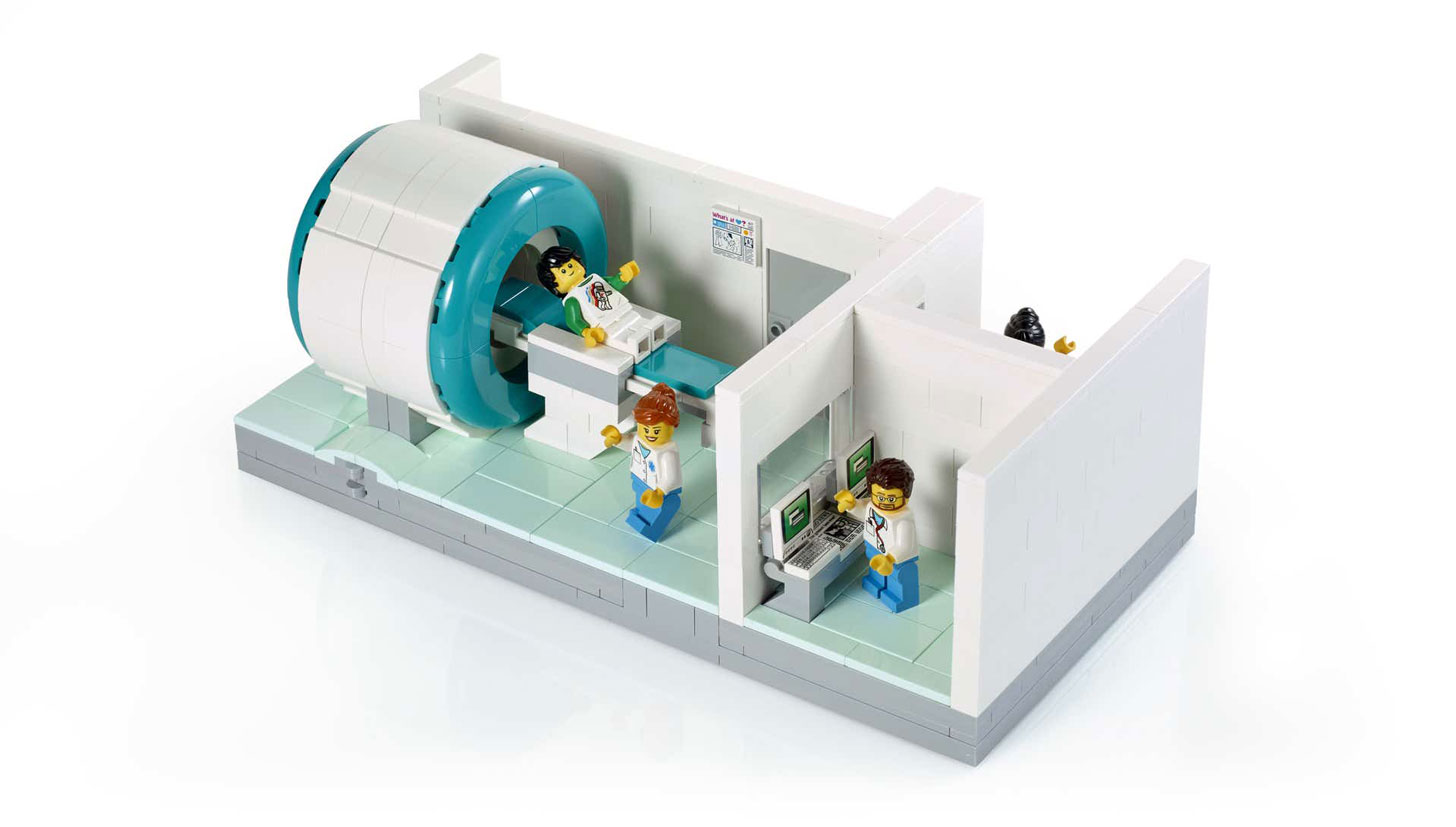
The reason the LEGO MRI Scanner set works is likely because it taps into an element of play therapy and provides a visual understanding of the medical procedure a patient is about to encounter.
“The LEGO MRI machine is especially unique because it immediately feels familiar to patients. They recognize LEGO bricks from home and associate them with fun and play. When they see a large medical machine represented through something they enjoy, a layer of anxiety is instantly reduced,” Alyssa Sachs and Laura Boegler, two Child Life Specialists at Boston Children’s Hospital, said.
“This sense of comfort makes children more eager to learn, ask questions, and engage with the preparation process,” they continued. “As a result, it allows us as professionals to clear up misconceptions, provide accurate information, and ultimately help patients feel more confident and better able to cope with their healthcare experience.”
The toy also provides a narrative experience for children, allowing them to feel in control of their story and experience, embodying the minifigures in the set.
“Play is so powerful and real for children,” Sam’s mom, Christina, added.
“For them, that little LEGO minifigure in the MRI model is their buddy. That's a friend that's also going through the same thing they are going through. I would love to see this set in every hospital.”
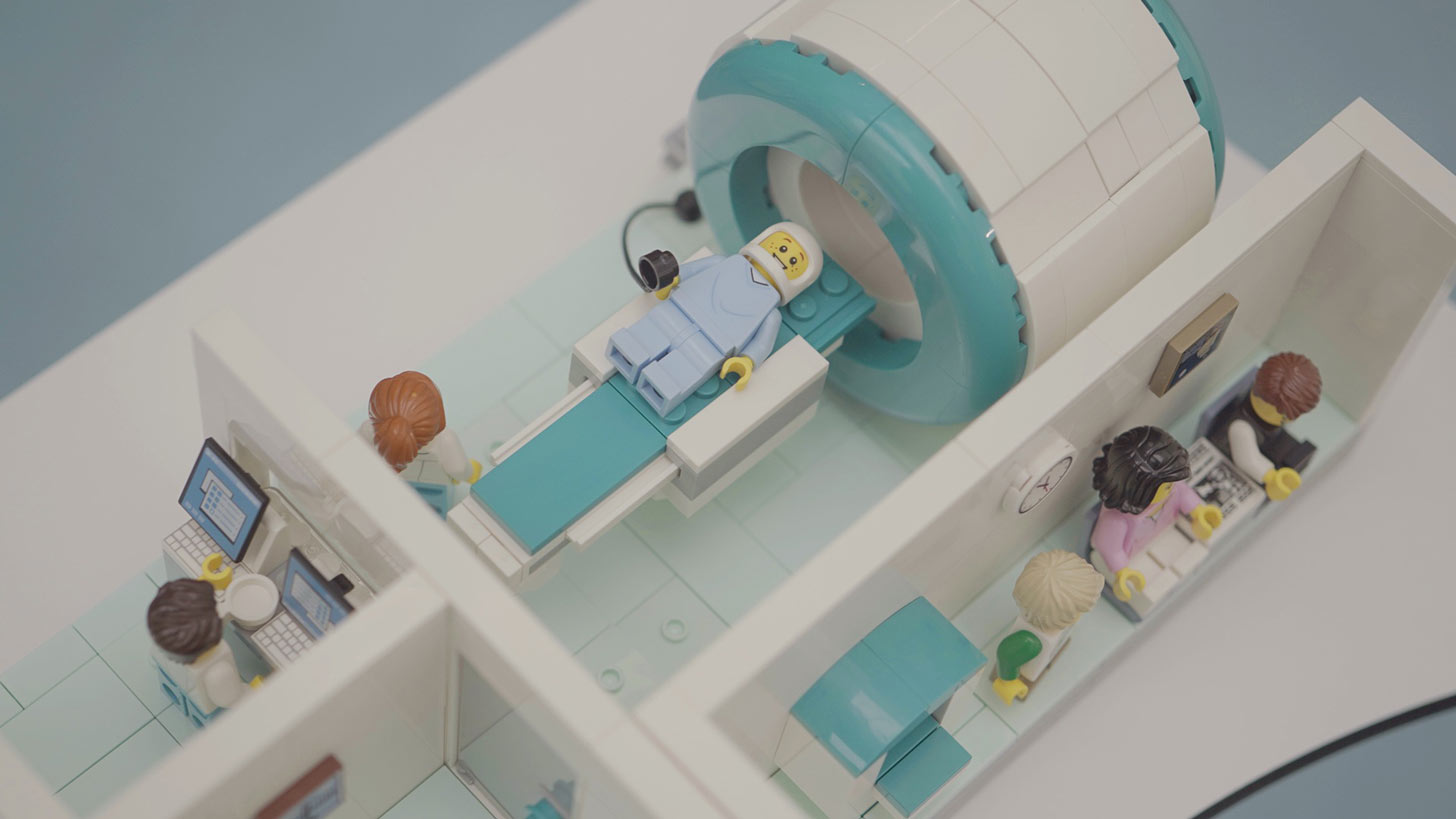
The LEGO MRI sets are not available for purchase and are only created through the LEGO Group’s social responsibility arm. They are donated through nonprofit partners, including Fairy Bricks, Starlight Children’s Foundation, and the United Way.
“Our MRI Scanner set shows how a simple act of play can have a big impact. We know scans can be unfamiliar and even scary for children. By giving children the opportunity to explore, ask questions, and play their way through a medical procedure, we're helping them feel safer and more in control,” Diana Ringe Krogh, vice president and head of social responsibility at LEGO Group, said in a statement.
“It is amazing to see how this set is reducing the number of children who need to be put to sleep for their scans and improving the whole family's experience and wellbeing at what can be a difficult and stressful time.”
You may also like: German grandma builds wheelchair ramps from Legos to make her town more accessible — and colorful
Header image courtesy of LEGO Group
